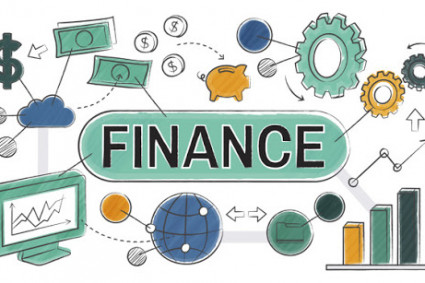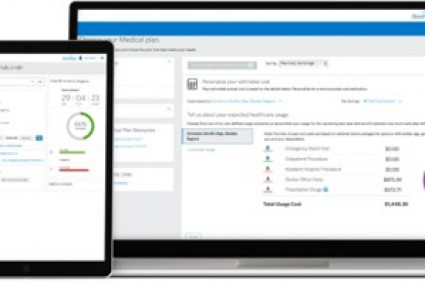Indices trading is one of the best tools to play safe and get exposure to multiple stocks for portfolio diversification. Traders buy or sell indices by following long-term and short-term trading strategies. All popular indices contain blue-chip stocks of large-cap companies like Apple, Amazon, Facebook, and Tesla.
You can trade shares through popular indices like S&P 500, Dow Jones Industrial Average, FTSE 100, ASX, Nifty 50, Nikkei 225, Nasdaq Composite, etc.
When you trade indices, you get exposure to an entire sector or economy. Therefore, you can measure your profits and your willingness to take risks easily by trading through indices. However, there are times when you get confused because of the high turbulence in the market. In such times, you can trade through indices instead of trading individual stocks.
What do you mean by Indices?
Indices evaluate the performance of a group of stocks prices from an exchange. For example, consider the following scenario: you select a group of companies and determine the average price of their stock.
The estimated average may have a different weight for each company's stock price. Indices can be traded using a CFD, ETF, index future, or option. This indicates that large corporations may have a greater impact on the index value than small businesses. They all have their own set of cons & pros.
When you invest in an index, you're simply buying a fund that tracks the index's movement. Each index represents a specific segment of the stock market. The group is usually a country, although it can also be a particular sector of industry, such as technology or industrial.
Unlike commodity trading, where a trader invests in a commodity, or Forex trading, where a trader invests in a currency, index trading invests in a market index. The index for that set of equities is the value you get. However, not all indices are created in the same way.
Price Action Trading
We don't need to examine the economic statistics and other international news events in order to trade profitably just because they drive price movement. The explanation for this is straightforward: all economic data and world news affecting price movement within the market is ultimately reflected in the price action on the market's price chart. Finally, examining price activity reveals who is in charge of the market. It also shows you whether the buyers or the sellers are losing control. Once you've figured it out, you'll be able to spot reversals in an index and profit.
Technical trading is the act of making trading decisions based on preset rules that are clear, objective, and predictable. Those rules only apply to price data, volume, and open interest in futures markets. Trendlines, moving averages, chart patterns, and a few indicators based on simple mathematical formulas are all utilized in technical trading. It is not difficult. But it takes some practice to make it perfect.
Fundamentals can also influence a technical trader. For example, a long-term trend follower, or someone who buys a stock while the trend is growing, is objectively watching the increase in the stock's value.
Before we get into technical trading signals, it's crucial to understand the many types of charts that most traders utilize.
What makes the indices price move?
Prices are traditionally fixed on a market like foreign exchange or the stock market, depending on the number of buyers and sellers.
When it comes to indices, however, this is not the case.
This is because indices are just a figure that indicates the average share price of a set of firms, not a market.
This means that the index price will fluctuate in accordance with the stock price movements of the companies covered by each index, rather than the imbalance between the index's actual buyers and sellers.
Bottom Line
Successful traders actively regulate their mental attitude to retain confidence in the face of uncertainty and discipline in the face of chaos. It's critical to have a well-tested trading strategy. Even when they attempt, many traders lack the discipline to stick to a trading plan. These traders are brilliant, creative, and intuitive, but they are also unreliable, disorganized, and impulsive.
If you want to trade popular indices carrying blue-chip stocks like Tesla and Facebook. You can trade with ETFinance in favorable trading conditions. Your trading account will act as a source of income for pros if you do not correctly create and master your trading edge to be both aggressive and defensive.




